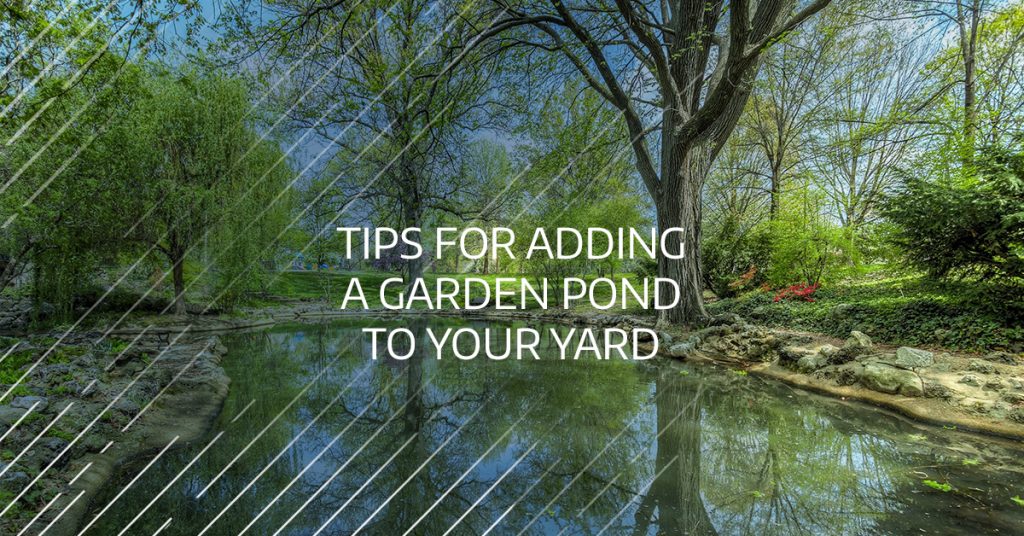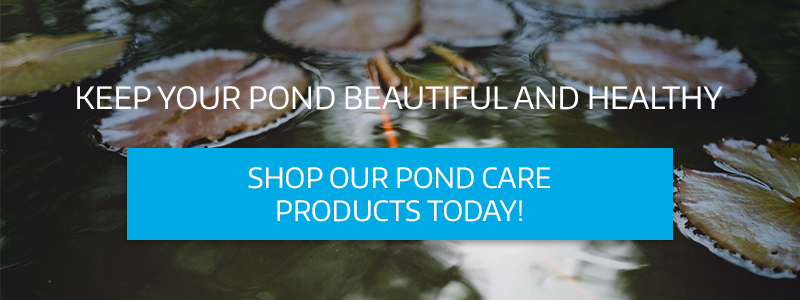Tips For Adding A Garden Pond To Your Yard

If you’ve been dreaming of adding an enchanting and relaxing outdoor feature to your yard, a garden pond would be the perfect addition. If you’d like to add a garden pond to your yard, spring and summer are the best times of year to build a new pond. Building a garden pond may sound like a big project, and you may not know where to start. Luckily, here at Castle Aquatics, we specialize in garden ponds and we can help you with all of your pond care questions and needs. Today, we’d like to go over tips for adding a garden pond to your yard.
WHAT TO CONSIDER WHEN ADDING A GARDEN POND TO YOUR YARD
It could be argued that one of the most important aspects of your garden pond is its location. You’ll want to pick a location for your garden pond that will make it a feature of your yard, and not something that is tucked away in the corner where you won’t really be able to enjoy the beauty of it. We have some tips for you on choosing the perfect location for your garden pond, as well as some other things you should take into consideration when you’re planning for your garden pond.
- Choose ground that is level so that you don’t have any difficulty with drainage from your pond.
- You’ll want your pond closer to your home so that adding electric wiring won’t be a problem.
- You’ll also want to ensure that your pond is not over any existing cables, sewer lines, septic tanks, or pipes.
- Again, the closer your pond is to your home, the closer it will be to a faucet to add water to the pond.
- Don’t place your pond in an area with too much shade from the sun due to large trees or buildings. This way, you don’t limit yourself on the types of flowers you can add to the pond.
- If you’d like fish in your pond, you’ll want to add things like shrubs, lily pads, and plants so that the fish will have shade for the hotter parts of the day.
- You will also want to avoid having your pond near large trees to reduce the amount of leaves and other debris that could blow off of the tree and into the pond, which could result in clogging the pond filtration system.
- Smaller ponds will benefit from shade, since algae tends to grow in higher water temperatures, and higher water temperatures will also increase the chance of water evaporation in small ponds.
- Some plants are toxic to fish and can make your water murky, so be sure to do your homework on the best kind of plants to add.
- Ensure that you pick a location in your yard where you can make your pond deep enough for the types of plants and fish you plan to have in your garden pond.
- Adding water features such as a waterfall or fountain can benefit your pond by keeping the water oxygenated. Water features will keep the water circulating, which helps to decrease algae and can keep mosquitoes away.
- Using natural native rocks to create an edge around your pond will make your garden pond look and feel more like a natural feature of your yard.
- You’ll also want to ensure that you have some type of protection around your pond to account for rainwater so that your pond will not overflow.If you are part of a homeowner’s association, check to make sure that adding a garden pond won’t be a violation of your HOA.
- If you don’t want a large garden pond or if you’d prefer not to dig into the ground, you can place a pond form on a raised bed and build out your added features around the pond form.

We hope these tips will be useful for you as you are plan for your garden pond. For more help with pond care and maintenance, but sure to check our blog regularly. And for your pond maintenance tools, shop our site now!
 Stocking Design Center
Stocking Design Center  Stocking Dealer
Stocking Dealer  Dealer
Dealer